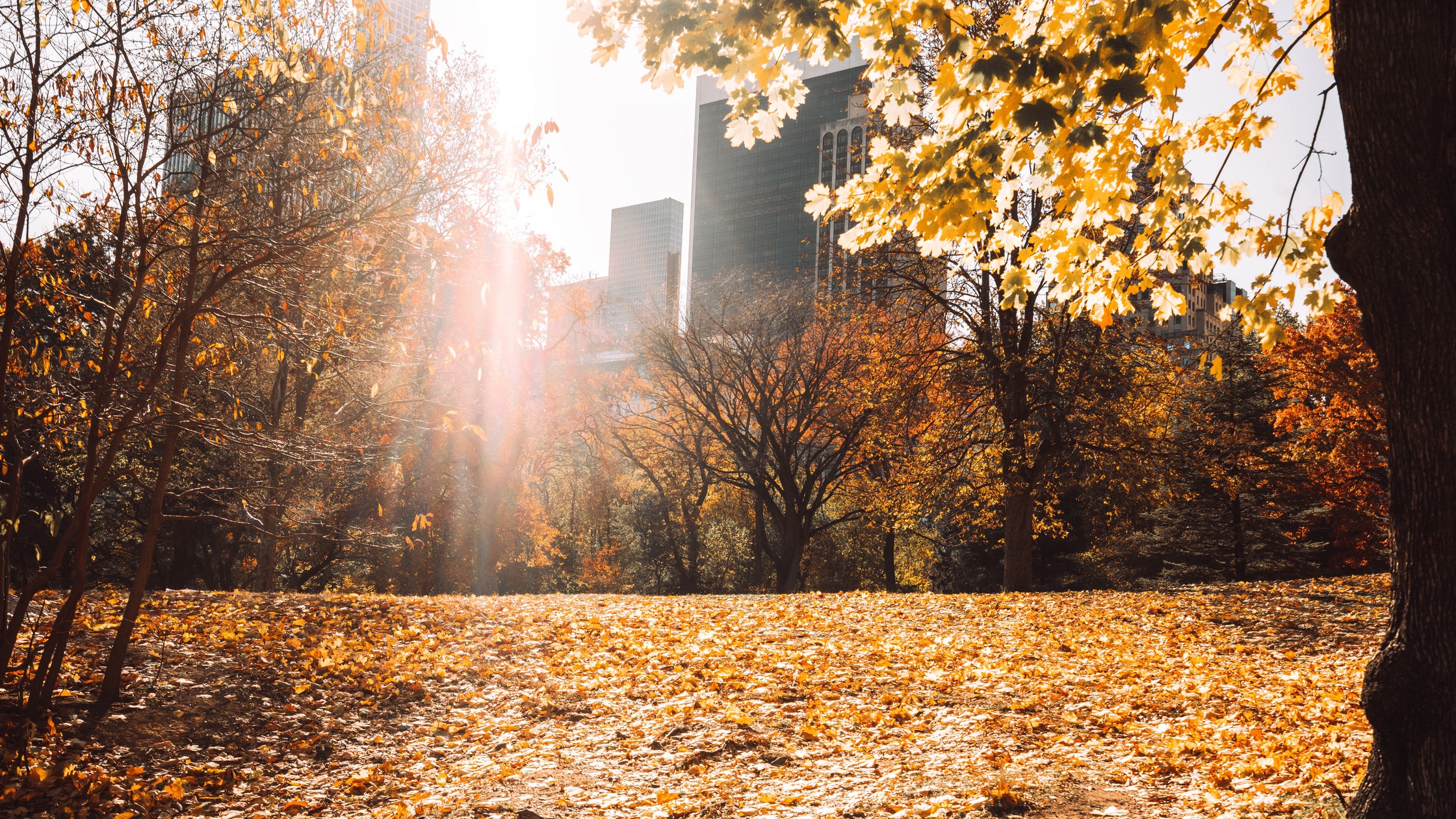As we head into autumn and the clocks go back, we look into Seasonal Affective Disorder, the links to travel, and give top tips on how to look after your mind as the seasons change.
4 October 2023
As we enter October, the atmosphere becomes distinctly autumnal. The leaves are turning gold, there’s a definite chill in the air, and cozy evenings spent indoors feel increasingly inviting. While some embrace the autumn weather with enthusiasm, others may seek warmer climates to escape the dreariness that often accompanies this seasonal transition. However, as the days grow shorter and temperatures drop, many individuals experience a decline in their mood and energy levels.
For those who struggle with the winter months, it’s important to acknowledge that you’re not alone. Recent estimates suggest that around two million people in the UK experience Seasonal Affective Disorder (SAD), a type of depression linked to seasonal changes. Understanding what distinguishes typical seasonal dips in mood from clinical depression can aid in effectively managing its symptoms.
What is Seasonal Affective Disorder?
Seasonal Affective Disorder (SAD) is characterized by recurring episodes of depression that correlate with certain seasons, most notably during the autumn and winter. Those affected tend to find it particularly challenging to adapt to the diminishing daylight, leading to significant mood, energy, and sleep disturbances.
Is Seasonal Affective Disorder a Recognized Condition?
Indeed, researchers and mental health professionals recognize SAD as a legitimate condition. It is classified in the Diagnostic and Statistical Manual (DSM) of psychiatric disorders, grouped under Major Depressive Disorder. Thus, it’s evident that SAD is a serious condition that requires attention and care.
Main Symptoms of SAD
Key symptoms of SAD include:
- Low mood and energy
- Irritability and tearfulness
- Difficulty concentrating
- Changes in sleep patterns
- Alterations in appetite or libido
- Feelings of hopelessness
What distinguishes SAD from other depressive disorders is its consistent seasonal pattern, with symptoms recurring typically during specific months each year.
Recognizing Signs of SAD
While it is common to experience a dip in mood during the darker seasons, recognizing the more intense manifestations of SAD is crucial. Dr. Tom MacLaren, a Consultant Psychiatrist, explains that the severity and persistence of symptoms are defining characteristics of SAD. Those affected by SAD typically experience significant mood changes every year during the autumn and winter months, while the more common winter blues tend to be less severe and may resolve after a few weeks.
How Widespread is SAD?
The NHS reports that approximately two million individuals across the UK are affected by SAD, with a broader significance in northern Europe. Potential risk factors for developing SAD include geography, family history of mood disorders, and the likelihood of women being more prone to this condition.
Addressing SAD: Treatment Options
Recovering from SAD is achievable, yet it often requires ongoing management strategies. Effective treatments may include:
- Light therapy
- Cognitive-behavioral therapy (CBT)
- Medications
- Lifestyle adjustments, such as increased physical activity or a consistent sleep schedule
Can Travel Alleviate SAD?
Traveling to sunnier destinations may indeed provide relief for those with SAD. Sunshine has a positive effect on mood regulation and serotonin levels, crucial for mental well-being. Dr. MacLaren notes that seasonal trips to warmer climates can help alleviate the impact of SAD by allowing individuals to experience increased daylight exposure.
Do SAD Lamps Work?
Light therapy lamps, designed to mimic sunlight, have gained popularity as an effective tool for some experiencing SAD. Recommendations suggest utilizing these lamps for 20 to 30 minutes daily to optimize their benefits. However, their effectiveness can vary among individuals, and consulting with a healthcare provider before use is advisable.
In conclusion, as we approach the darker periods of the year, it’s vital to recognize and care for our mental health, whether that involves seeking professional help for SAD or implementing small lifestyle changes. Opening up dialogue about mood changes and connecting with others can provide comfort and support during these transitions.




